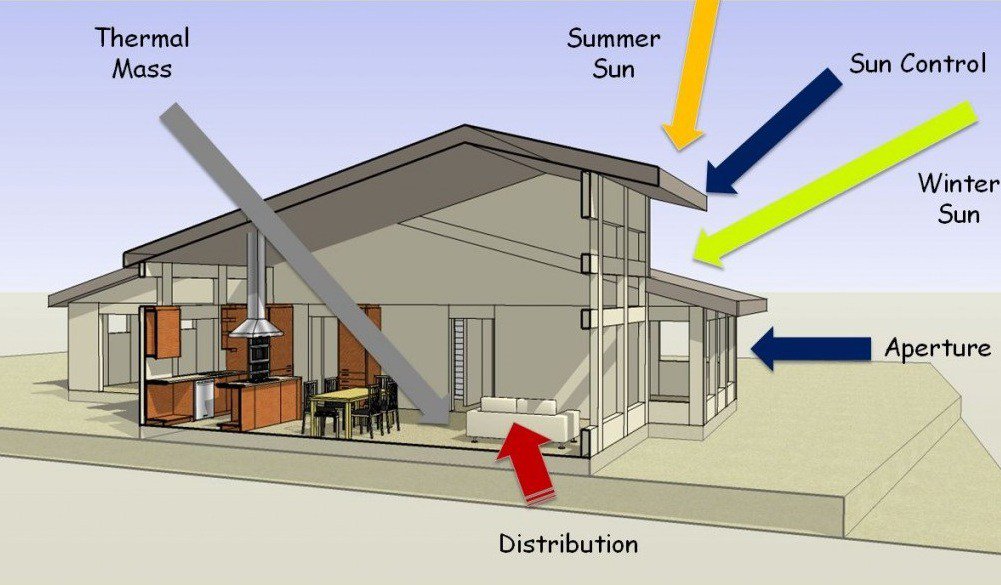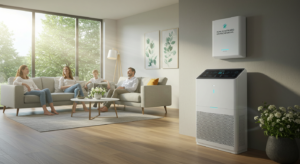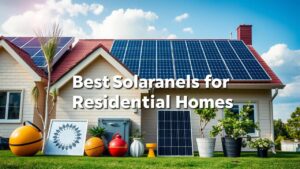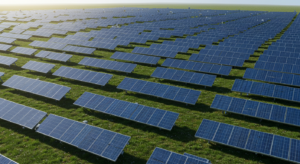Passive Solar Design – A Revolution in Energy Efficiency
Passive solar design is a revolutionary approach that utilizes solar energy to heat and cool buildings, tapping into the free, renewable energy from the sun. With the right building design, passive solar heating systems, and understanding of solar radiation, you can transform the energy efficiency of your space. This article explores the essential elements of passive solar design and how it contributes to a zero energy building.
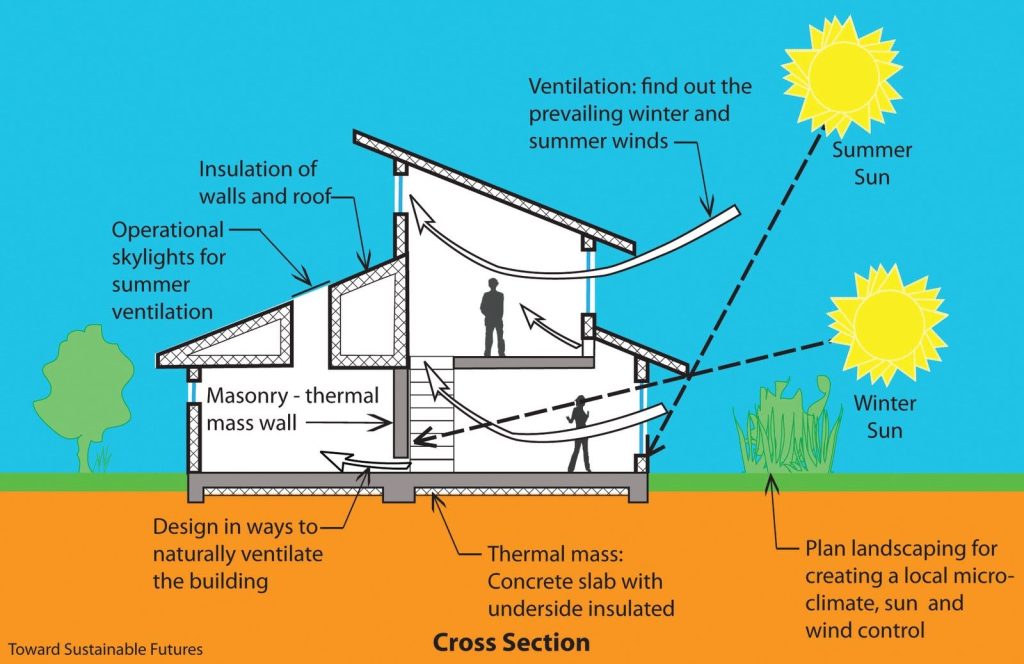
Section 1: The Principles of Passive Solar Design
1.1 Solar Gain and Solar Heat Gain
Solar gain refers to the method by which solar heat enters the building. Understanding the amount of solar energy that can be absorbed helps in designing elements that can store heat or facilitate passive solar cooling. Solar heat gain is crucial in passive systems, especially in summer solar heat gain control.
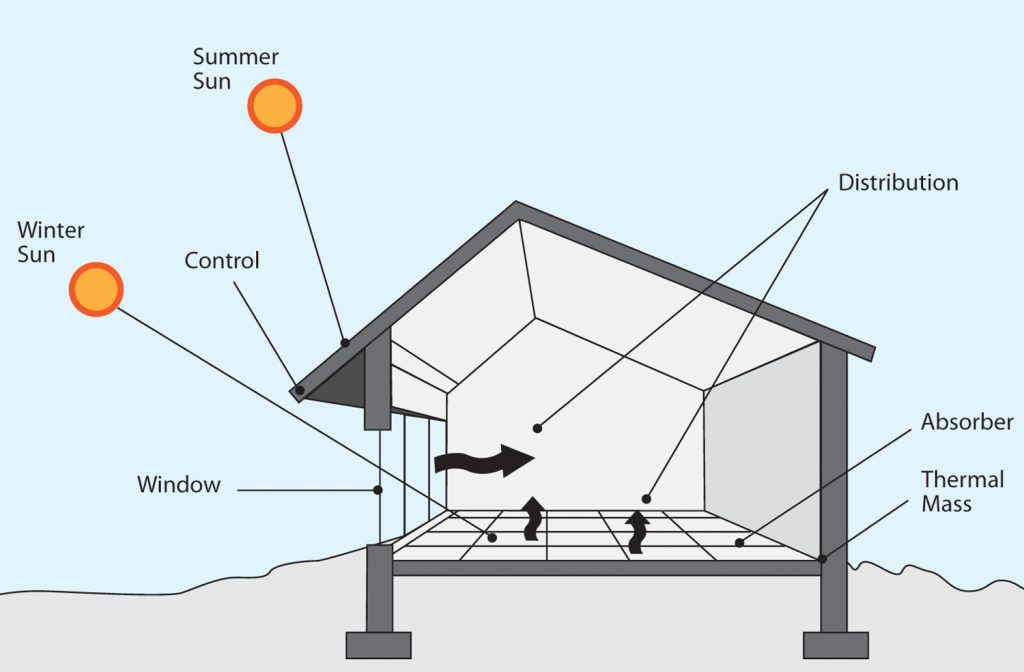
1.2 Direct Gain Design and Indirect-Gain Passive Solar
These are techniques to ensure that sunlight enters the building efficiently. Direct gain design admits solar energy directly, while indirect-gain passive solar circulates solar heat through specific building materials. The south side of the building often plays a crucial role in this aspect.
1.3 Passive Cooling and Solar Cooling and Heating
Passive cooling refers to the use of design elements to cool a building without active solar heating systems. The concept also extends to solar cooling and heating, utilizing passive solar cooling systems to optimize the overall energy.
Section 2: Implementing Passive Solar in Building Design
2.1 Considerations in Design and Construction
Passive solar building design requires careful design and siting, often involving an architect familiar with passive solar. The design elements should consider energy sources like solar water heating and passive solar technologies, and incorporate features like solar collector and overhang design.
2.2 Energy Saving and Energy Audit
An energy-efficient passive solar house leads to substantial energy savings. The design must align with energy consumption goals, and conducting an energy audit can ensure the building using passive solar methods achieves its targets.
2.3 Building Materials and Building Envelope
The right building materials and a well-designed building envelope are crucial. The materials should be such that solar heat is transferred efficiently, and the envelope must consider passive heating and cooling for the rest of the building.
Section 3: Case Studies and Examples
3.1 Arizona Solar House
Arizona solar houses demonstrate the potential of passive solar homes. With the right passive solar house design and the use of solar energy through passive solar cooling systems, these homes act as living examples of passive solar design techniques.
3.2 Zero Energy Building Using Passive Solar
Zero energy building is an ultimate goal, achievable by experienced passive solar designers. These projects prove that using solar energy, coupled with passive solar fraction and solar features, can lead to a building that absorbs solar without relying on non-renewable energy sources.
Conclusion: Embrace the Solar Future
Passive solar design is more than a trend; it’s a vital step towards a sustainable future. From considering passive solar in house design to using passive solar energy for heating and cooling, the possibilities are vast and exciting. Whether it’s solar thermal applications, solar water heaters, or solar room innovations, the information about passive solar design available today is paving the way for a brighter, greener tomorrow.
Harness the power of solar radiation, gain passive solar benefits, and make the switch to a renewable energy lifestyle. Your energy-efficient building awaits!

